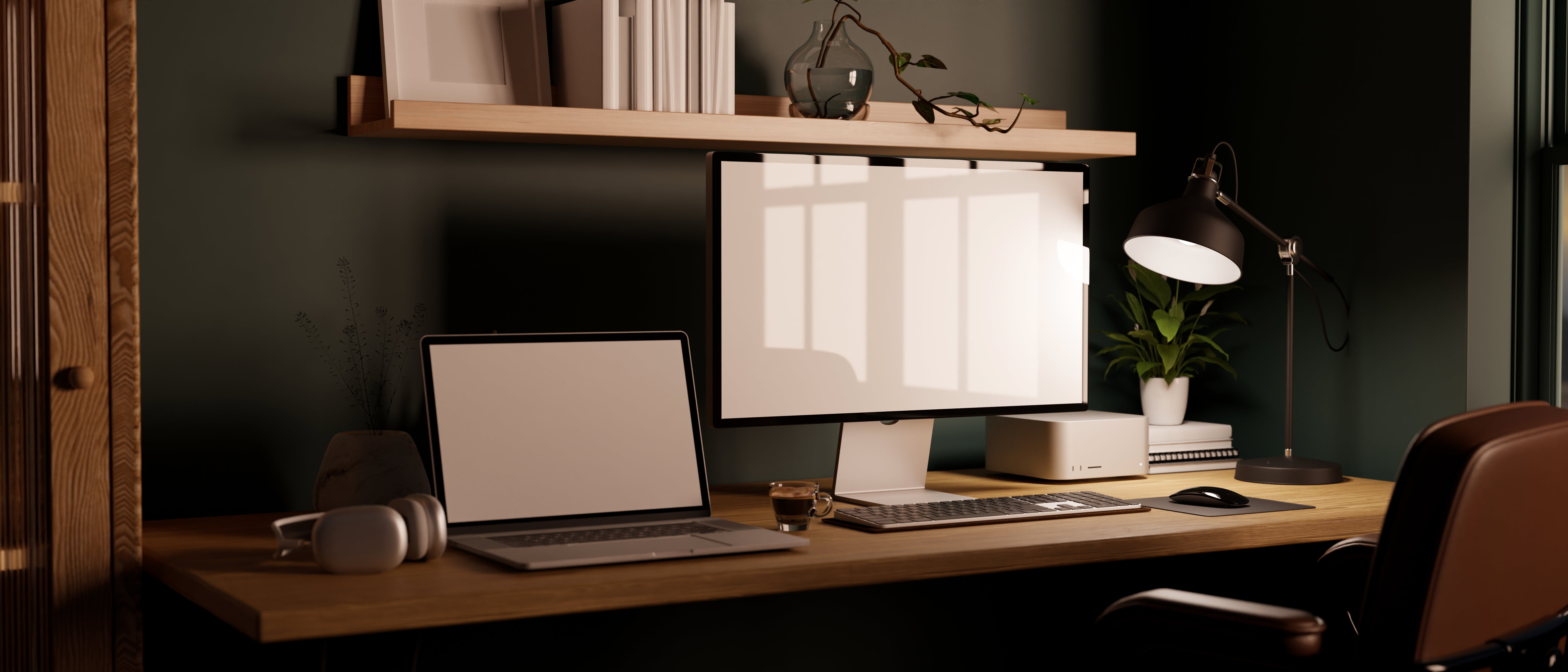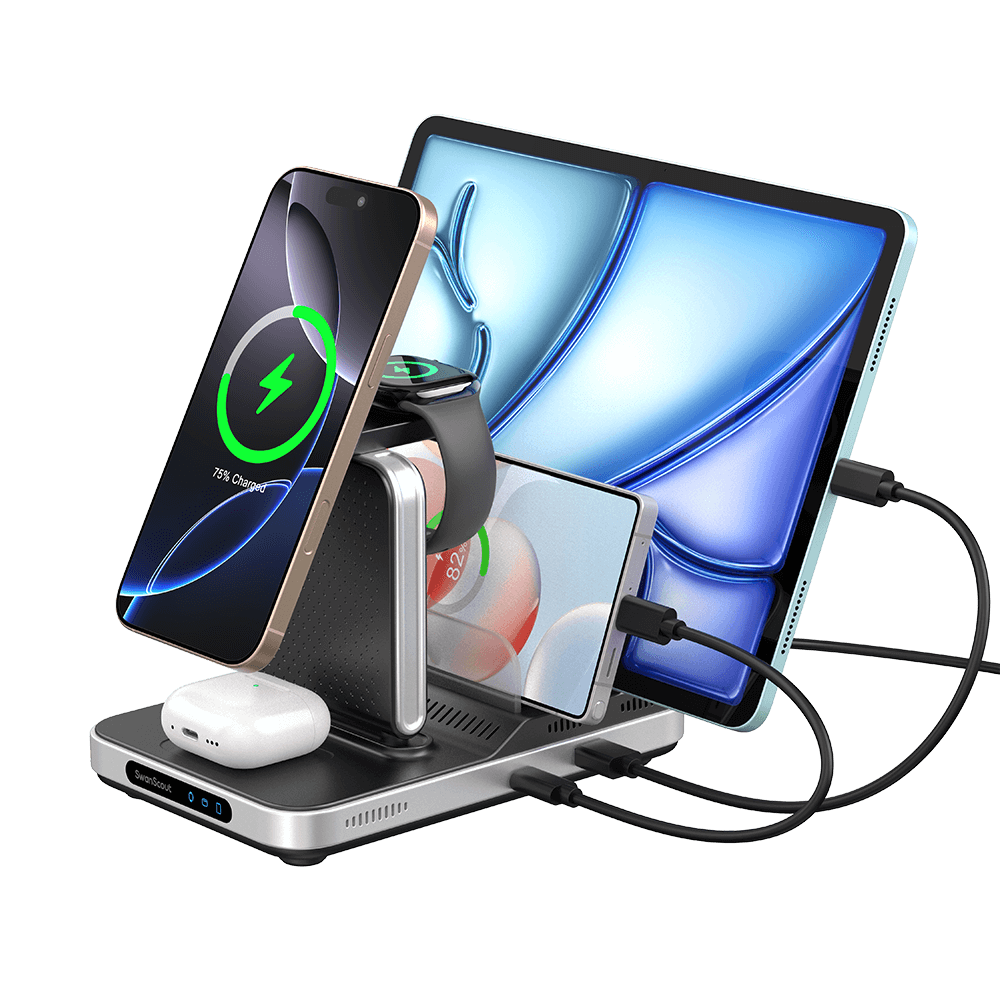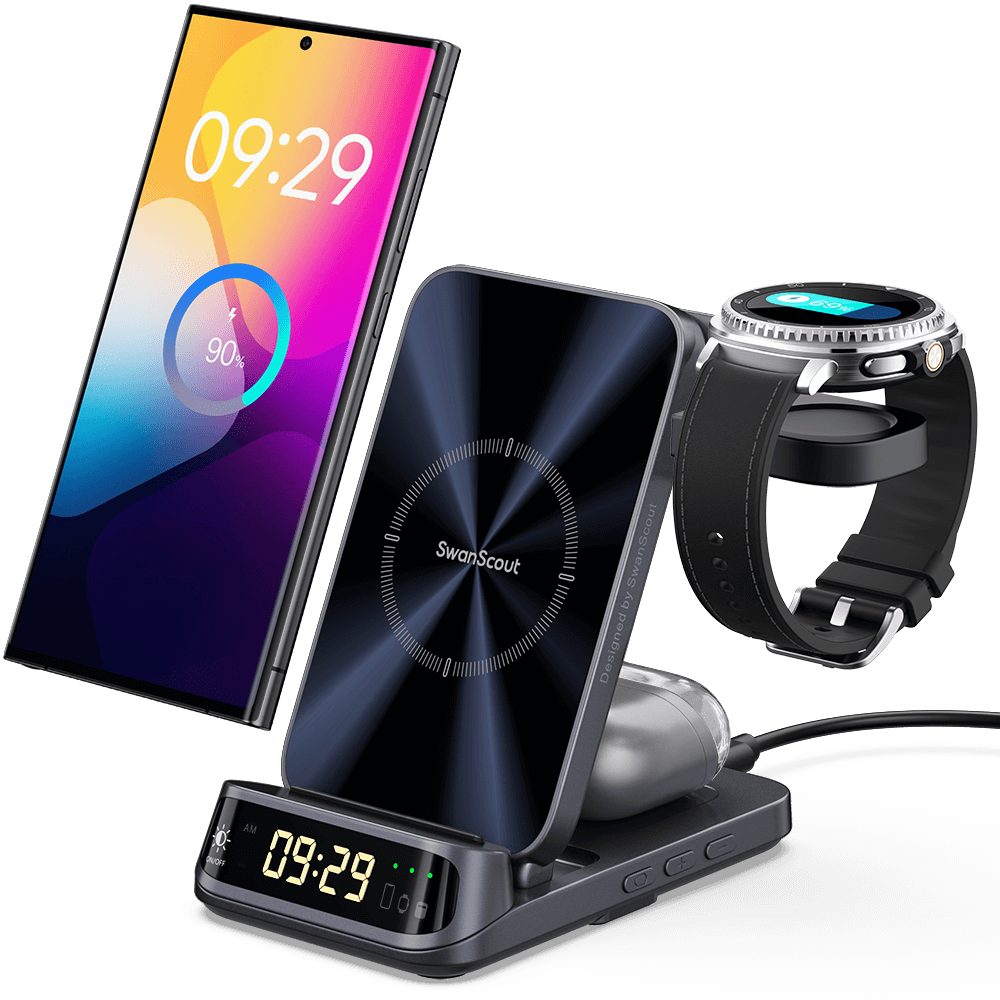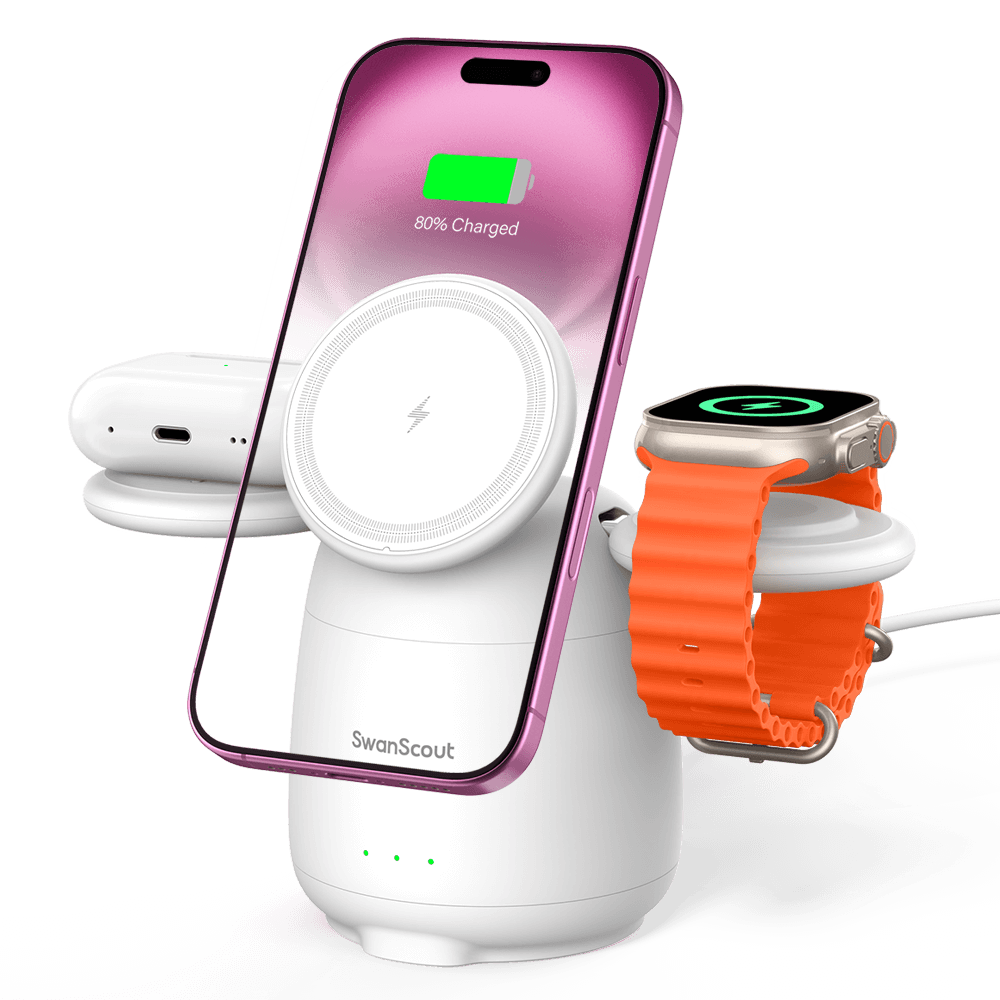Everyone has different habits, work requirements, and hobbies, so a desk setup is something that needs to be highly customized. Blindly copying those desk setups you see on TikTok or Instagram and impulsively buying a bunch of gear is not a wise decision. In this guide, you’ll learn how to create a personalized desk setup tailored to your own needs—one that balances productivity, aesthetics, and ergonomics.
Time to Read: 5 Minutes
1. Identify Your Usage Needs – Home Office or Gaming Desk Setup?
The first step is a crucial starting point. Take a moment to think carefully about how you use your desk every day: Are you someone who works from home? Or do you just hop on for a gaming session after work? Maybe you need a setup that supports both productivity and entertainment, which is totally possible. This question will determine the overall style of your desk setup and what elements you should focus on.
For a home office desk setup, comfort and productivity should always come first. This means giving up flashy lights that distract you during long hours of work, or oversized four-screen monitors that are more show than function. Most home office setups lean toward minimalism and practicality. The main goals are to enhance productivity, ensure comfort during long working hours, and help you stay focused.

Recommended items: A height-adjustable desk, practical storage boxes, wireless keyboard and mouse, and an ergonomic chair like Herman Miller. If needed, consider adding a secondary monitor with an monitor arm. But avoid overly large screens like ultra-wides, as they can strain your eyes while browsing websites or reading messages. Choose a monitor that feels comfortable to look at and is easy on the eyes. Don’t forget to bring some life into your workspace, sometimes a small plant can make the space feel less dull and even improve your health.
For gaming desk setups, the focus is on delivering an exceptional gaming experience. Immersive visuals, high-performance gear, and long-session comfort are what matter most for gamers.

Recommended items: Adjustable RGB light strips like Govee RGBIC Light Strip to instantly set the gaming mood, a comfortable and high-quality gaming headset or speaker system, a gaming chair, a large mouse pad or desk mat, a large curved monitor, game controllers, keyboards and gaming mice like a classic Logitech G502 and proper storage solutions.
If your needs are mixed, it’s possible to find a perfect balance between productivity and play. The key is customizable equipment—such as an adjustable desk from IKEA, lighting that changes in brightness and color, and storage boxes or cabinets for organizing different tools and gear separately for work and gaming.
2. Cable Management and Efficient Use of Space
No matter how you use your desk, one thing is certain: you don’t want messy cables all over it. Not only are tangled wires visually unpleasant, but they also disrupt both efficient work and smooth entertainment. That’s why proper cable management is essential. Before setting up your PC, lighting, or any wired equipment, make sure to reserve space behind or under the desk for cable routing. Use cable organizers to gather, secure, and hide the cords neatly.
For devices like keyboards, mice, headsets, or controllers, consider using wireless versions. Alternatively, prepare cable storage tools in advance—even something as simple as Velcro ties can go a long way in keeping cables under control.
Also, don’t forget to add a multi-functional wireless charging station to your desk. This keeps your phone, watch, or wireless earbuds fully charged at all times without adding extra cable clutter. Models like the SwanScout 707M or SwanScout 901M are good options. They not only serve a practical purpose but can also double as a decorative element, blending seamlessly into your desk setup and supporting your aesthetic consistency.

(Image credit: @justine.tech using his SwanScout 707M to tidy up extra cables)
Aside from tangled cables, small items like notebooks, pens, books, game controllers, or cartridges can also clutter your desk quickly if not stored properly. Be sure to leave some extra space for small items like these. You can add a drawer under your desk or monitor, or put a small cabinet next to your desk. A little extra storage always makes things easier to organize.
3. Aesthetic Consistency
When it comes to the visual aesthetics of a desk setup, the most important thing is its consistency.If your setup looks messy or the styles don’t match, it can ruin the whole look. So before you start, think about what colors and materials you want to use.
If you like a clean, simple style, try using mostly white and grey. There are lots of good minimalist items out there—brands like Grovemade and IKEA have great choices. You can even mix in a bit of metal; it still fits the overall look.
For a cozy and warm desk setup, try using warm-toned items, a few green plants, and beige-colored devices or desk mats. This creates a relaxed and inviting atmosphere.

(Image credit: @periwinkle tea’s cozy desk setup with her SwanScout charging station)
No matter what style you like, try to keep everything looking consistent. Think about more than just color—shapes and lines matter too. And don’t forget to add your own personal touches, like a favorite figure or a piece of art. There’s no single “right” way to make things look good—just go with what feels right and looks nice to you.
4. Ergonomics and Health
Whether you're working or gaming for long hours, it's important to make sure your desk setup is comfortable and healthy for your body.
Start with your eyes. Your screen should be at eye level or just below, and not too close or too far. If you're setting up a home office, try to work near a window with natural light. If you need extra lighting, make sure it’s bright enough but not too harsh. You can also wear blue light glasses to help avoid eye strain from looking at screens too long.

Keeping a good posture is really important—it helps you avoid joint pain and other issues down the line. A height-adjustable desk is a great choice and pretty popular too. It lets you switch between sitting and standing, which helps you stay more comfortable and less tired during the day. Make sure your chair supports your back well, and think about adding a footrest so your feet can rest flat in a natural way.
When you're using your keyboard and mouse, try to keep your wrists straight and relaxed. If your hands are floating in the air, adjust your wrist rest so they feel supported. These little tweaks can make a big difference in how you feel after a full day.
A perfect desk setup strikes a balance between practicality, aesthetics, and health. Remember: start by identifying your specific needs, manage your cables and space wisely, maintain aesthetic consistency, and prioritize your health and ergonomics. Once you understand these key points, you’ll be able to create the perfect desk setup that’s just right for you!







